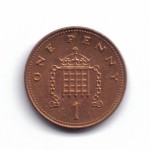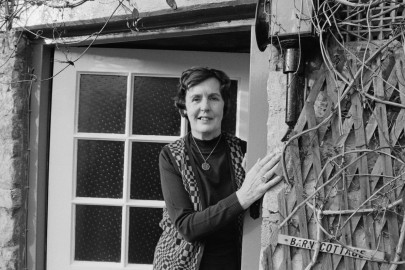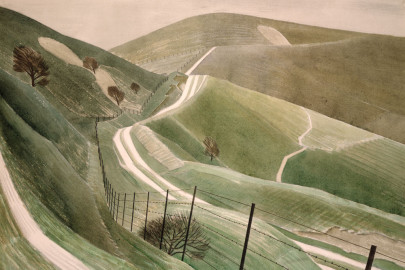After years – no, decades – of meaning to (and at least once beginning to), I finally got round to reading Elizabeth Bowen’s The Death of the Heart (available for 1p here). Though it has the ultimately elating quality of all really good art, it is a bleak and dejecting piece of work, beautifully but mercilessly wrought.
(Synopsis: Orphaned 16-year-old Portia comes to stay with her half-brother Thomas and his wife Anna in their house overlooking Regent’s Park. Neither of them wants her there. She falls in love with the philandering poseur Eddie, a ‘friend’ of Anna’s, and all paths lead to betrayal, disenchantment and the ‘death of the heart’.)
Bowen writes in a rich, bold style, a dense and discriminating prose that sometimes ties itself in all but Jamesian knots – she is never an easy read, especially when she is exploring the nuances of the interior lives of her characters. But her bravura passages achieve quite extraordinary effects, especially when she is describing – rather, creating – her overwhelmingly present settings.
No one is better on English weather – from the frozen Regent’s Park with which the novel opens (Anna telling St Quentin about her discovery of Portia’s diary) to the springtime and sea air (and, in a key passage, the brilliantly realised woodland) of the middle section of the novel, and on to the treacherous early summer back in London, the backdrop to Portia’s final disenchantment. And no one is better on interiors – the elegantly oppressive house on Windsor Terrace, in winter and, in an especially vivid passage, after its great spring cleaning; the resounding, wind-defying seaside villa to which Portia is sent to get her out of the way; the self-consciously dismal room in which Eddie puts on his show of living; and, most heartbreakingly, the Karachi Hotel, temporary home of poor Major Brutt, the only other innocent who crosses Portia’s path.
Bowen is almost Dickensian in her dense, detailed evocation of the settings in which people live – and, as in Dickens, these interiors and exteriors provide far more than background – they are the structure of the novel, and, in sense, they are the people who inhabit them; indeed they often seem more real. The people with whom Portia is surrounded are not evil, not even bad as such (even Anna) – they have just got life wrong, and from sheer inertia are trapped unhappily where they are. Anna and Thomas plainly have an ‘unhappy marriage’, but they have glumly accommodated to it, to its silences and evasions, to the cold comfort of habit*. They are the last people Portia should have had in her life, and she is the last person they should have had in theirs. The effect of her innocence on them – as a mirror which shows them their own corruption – and of their corruption on Portia’s innocence, can only be catastrophic, and it can only be Portia who ultimately pays the price…
Final verdict? I’m glad I finally read what is clearly a masterpiece by a very remarkable writer. I should also say that, rather surprisingly, it develops into a real, riveting page turner – though, as the end approaches, one turns the pages with a degree of dread.
(*Incidentally, one of the most startling things about the novel is the endless hours of leisure Bowen’s characters (even the ones who ‘work’) have at their disposal in those far-off prewar years, and another is the staggering quantities of food they shovel in. The typical day proceeds from hearty cooked breakfast to morning tea or coffee, with biscuits or cakes, then a full sit-down lunch, followed in short order by afternoon tea – more cakes and biscuits – to keep body and soul together till the full sit-down evening dinner, which might very well be followed by a pre-bedtime snack or two to see a body through the long hungry reaches of the night. Lord, these elegant ladies and gents know how to put it away! Did people need more food in those days, perhaps because they had no central heating and tended to walk more? Why was there no ‘obesity epidemic’?)












regarding the food thing, I recall seeing one of those not very good programmes with Giles Coren and Sue Perkins where they tackled the edwardian pre-war diet and were very nearly sick with the staggering quantities ingested, including a massive amount of booze
I should say Nige that the word exquisite applies to your review, a pleasure to read.
This is an excellent book. The Heat of the Day is really good too. Re Edwardian eating, Harold Nicolson wrote a wonderful account (in Small Talk) of an Edwardian breakfast, fittingly too long to quote in full, but beginning with, ‘Hams Tongues, Galantines, Cold Grouse, ditto Pheasant, ditto Ptarmigan. No Edwardian meal was complete without Ptarmigan.’ There was also fruit, porridge, toast, whiting, omelette, devilled kidneys, and ‘little fishy messes in shells’. And more. All they could do after that lot being to idle around watching the rain descend upon the Italian garden. Those were the days.